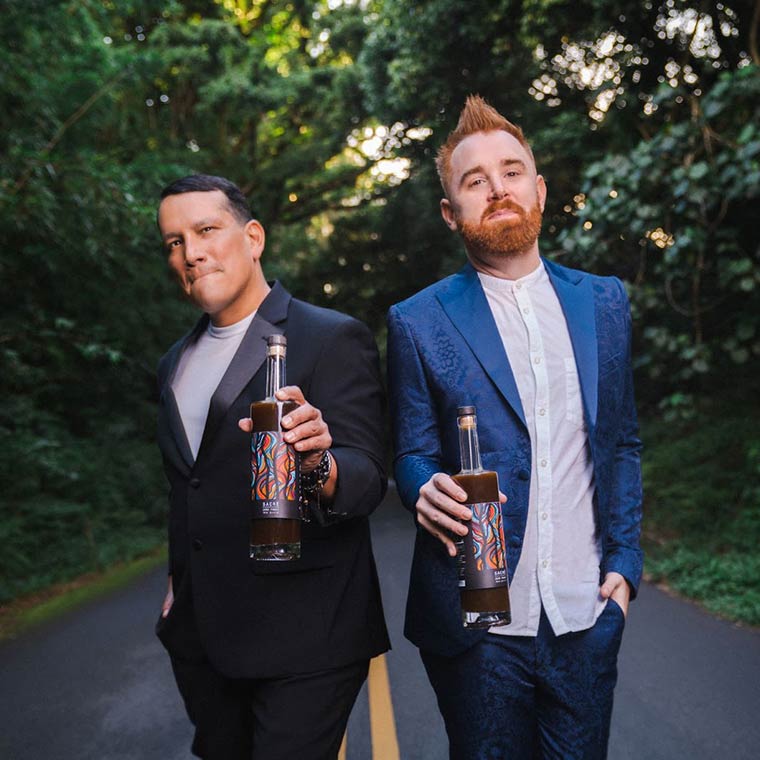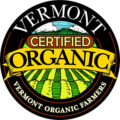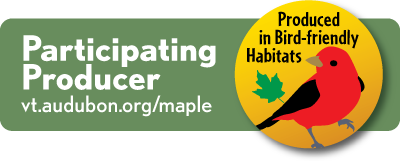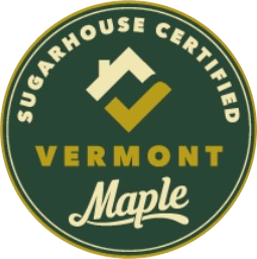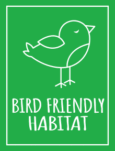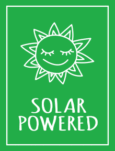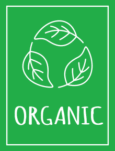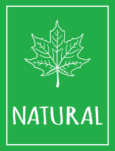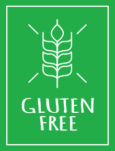A Sweet Partnership As the calendar turned to 2025 and we finished our end-of-year paperwork,…

Tapping Into The World of Maple Vinegar
Every year, in late winter, 100-foot maple trees are tapped across the northeast and sap begins to flow through mainlines into a network of tubes, further into sugar houses and into large pots where it’s cooked to deep, amber confection. Every year over four million gallons of maple syrup are made across the US, part of a $100 million dollar market — and a very, very small amount, a literal drop in the proverbial bucket, will become maple vinegar.
Vermont, Maine and New York are the three largest maple syrup producers in the United States, so it’s not unsurprising that a smidgen of that is sold as an added value product. Vinegar is the byproduct of alcohol, so maple vinegar is actually derivative of maple wine, which can be made of sap or syrup. The high Brix level (sugar in solution) is a strong base for making sharp and bright vinegar that can carry maple’s signature vanilla caramel flavors into the finished bottle.
For six generations, Branon Family Maple Orchards, presently an orchard of 4000+ acres in Fairfield, Vermont, has been tapping its maple trees. About eighteen years ago, Cecile Branon began thinking about how to expand on the maple market. She built a pantry of whipped maple cream, maple sugar, maple jelly, seasonings made with maple, as well bbq and buffalo sauces. Maple vinegar didn’t seem so far-fetched. And it was actually quite sustainable — sort of.
“When you cook maple, there’s residue [left behind] in the pots. Rather than washing that down the drain, I started heating it back up,” Branon recollects. Branon keeps the solution fairly strong, at a ratio of 1:4, maple to water, adding a small amount of vinegar mother given to her by her neighbor, Caroline Perley. “I just threw this [vinegar mother] in, and I failed and failed and won!” Branon says. She bought bourbon barrels in which to age her vinegars, most of which stay in there for more than 9 months. Today, she makes enough vinegar to replenish her 100 gallons of barrels annually, but admits that it’s still trial and error; “even now, I can still fail — a barrel might not take, it happens.”
In 2018, Branon’s son Justin, started to put some of the maple vinegar to use as the backbone of a non-alcoholic drink he calls Woodnose Sacré, a blend of coffee, bourbon barrel-aged maple vinegar, maple syrup, spice and botanicals, which was named one of the top NA drinks by the New York Times.
On a much smaller scale, Ashley Ruprecht and Jeffrey Schad, husband-and-wife team behind Laurel & Ash, in Holmes, NY, never anticipated becoming maple producers, yet alone vinegar makers. Upon moving upstate from Brooklyn about a decade ago, these two creatives (ex-Condé Nast Director of Studios, MTV design studio, millinery company) realized that the eight giant trees that lined their driveway were in fact maples — and that many many more trees among the 50-acre property were as well.
“My husband is from a farming family, a few generations removed, but they used to make maple syrup for family use,” Ruprecht recalls. For the first couple of years, the couple gave bottles to friends, had sap tapping parties, and by and by, bought a hobby maple evaporator. A bespoke business was born. “We had about 110 trees and sold out of syrup at the farmers markets.”
“We still have full-time jobs, so this is a side thing, a big side thing,” she says. This year’s warm weather made for an early run of sap that caught them slightly off guard. But even with 2000 taps this year, Ruprecht says it’s still manageable. Last year, the couple expanded their line and launched a maple vinegar. Rather than just fermenting straight maple, by scarcity and design, they blend apple cider vinegar with maple syrup. The apple juice comes from Salinger’s Orchards, about 20 minutes down the road. Ruprecht and Schad turn it into ACV with the addition of champagne yeast and have begun experimenting with spontaneous fermentation.
The biggest contention between Ruprecht and her husband is, ”I love maple but don’t like sweet things [like he does]! I love acid, [so we decided to] make it [maple vinegar] a little sweet, like balsamic — literally a ‘sweet spot’.” Adding to that equilibrium, they’re planning a pancake mix — using their maple vinegar to coddle milk, adding a little bit more sweetness into the mix.
Even non-maple makers are tapping into the world of maple vinegar. For the last handful of years, Brad Messier, of West Maquoit Vinegar Works, in Brunswick, Maine, has been buying syrup from Sawyer’s Maple Farm, way up in western part of the state. He ferments their dark dank syrup into a strong maple wine, aging it in oak barrels even before a secondary fermentation. Messier developed his maple vinegar from a culinary perspective – always working with recipes in mind. One application is in a whole grain mustard vinaigrette, with scallions, and a touch of maple syrup vinegar — the latter providing brightness, body and depth one might look for in a salad dressing. Miso marinades for salmon have been another tasty application for the maple vinegar, using it to balance typically sweet sauces in the place of mirin (Japanese cooking wine). Messier also professes his love of a sweet-and-sour maple vinegar gastrique to top his French toast — part of a well-balanced breakfast, a sweet tart way to start the day!
More maple vinegars to try:
Brigham Hill Maple maple vinegar (Vermont)
Vermont Vinegars’ red wine vinegar with maple
Noble Tonic 03: Maple Matured Sherry Bourbon Oak Vinegar
Originally published on The Vinegar Professor.



